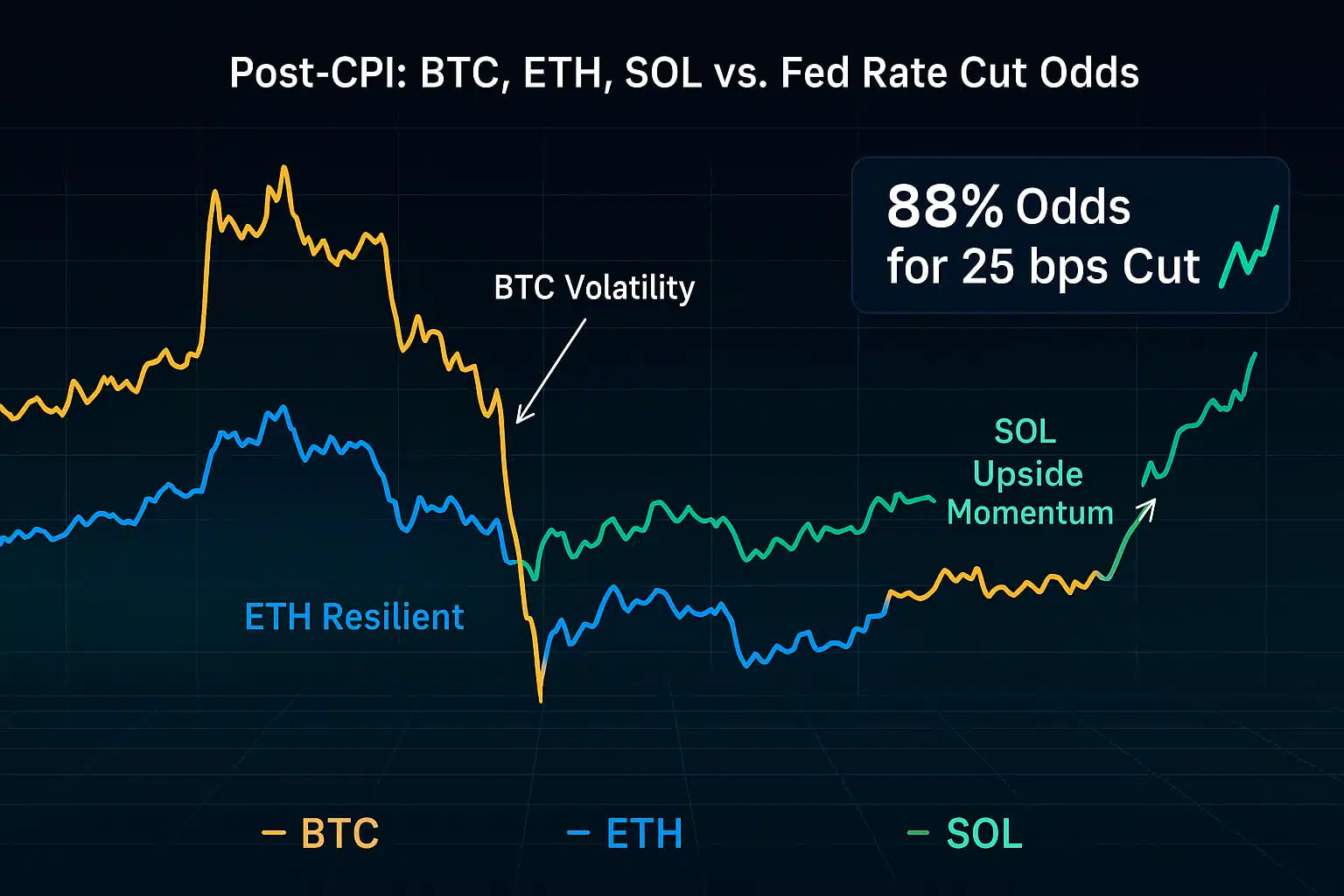Curious about crypto and how it can help you earn passive income? You’re in the right place! Staking has become a popular way for cryptocurrency holders to earn rewards without the need for intensive trading. In this guide, we’ll explore what staking is, how it works, and how you can get started.
What is Crypto Staking?
Crypto staking involves participating in a blockchain network by holding and locking up a specific amount of cryptocurrency in a wallet to support network operations like transaction validation. In return, stakers earn rewards in the form of additional cryptocurrency.
How Does Staking Work?
Staking operates on or its variants, like delegated Unlike proof-of-work (PoW) systems, which require significant computational power, PoS allows users to validate transactions and create new blocks based on the number of coins they hold and are willing to stake.
- Choose a Staking Wallet: Select a wallet that supports staking for the cryptocurrency you plan to stake. Examples include Trust Wallet, Ledger, and MetaMask.
- Deposit Funds: Transfer the amount of cryptocurrency you want to stake into your chosen wallet.
- Start Staking: Follow the wallet’s instructions to start staking. This process might involve delegating your coins to a validator or simply holding them in the staking wallet.
Benefits of Staking
Staking offers several advantages:
- Passive Income: Earn rewards regularly without actively trading.
- Network Support: Contribute to the security and efficiency of the blockchain network.
- Lower Entry Barrier: Less resource-intensive compared to mining.

Risks of Staking
While staking has its benefits, it’s also important to be aware of potential risks:
- Lock-Up Periods: Your funds might be locked for a certain period, making them inaccessible.
- Market Volatility: The value of your staked assets can fluctuate.
- Validator Risks: If a validator behaves maliciously, you could lose some of your staked assets.
Popular Cryptocurrencies for Staking
Several cryptocurrencies support staking, including:
How to Maximize Staking Rewards
To get the most out of staking, consider these tips:
- Choose Reliable Validators: Ensure the validator you delegate to is trustworthy and has a good track record.
- Stay Updated: Follow the latest news and updates on the cryptocurrency you’re staking.
- Reinvest Rewards: Compound your earnings by reinvesting your staking rewards.
Learn More and Stay Connected
For more detailed guides and updates on staking and other crypto topics, follow us on our social media channels. Join our communities on Twitter and Telegram to stay connected and learn from fellow crypto enthusiasts.
Internal Links:
Crypto staking is an excellent way to earn passive income while supporting blockchain networks. By understanding how staking works and following best practices, you can maximize your rewards and participate confidently in the crypto ecosystem.
FAQs
- What is the minimum amount required for staking?
- The minimum amount varies by cryptocurrency and the staking platform. For instance, Ethereum 2.0 requires 32 ETH, while others may require less.
- Can I lose money by staking?
- Yes, staking involves risks like market volatility and validator penalties. Always research and understand these risks before staking.
- Is staking available for all cryptocurrencies?
- No, only cryptocurrencies using proof-of-stake or its variants offer staking. Popular examples include Ethereum 2.0, Cardano, and Polkadot.
















